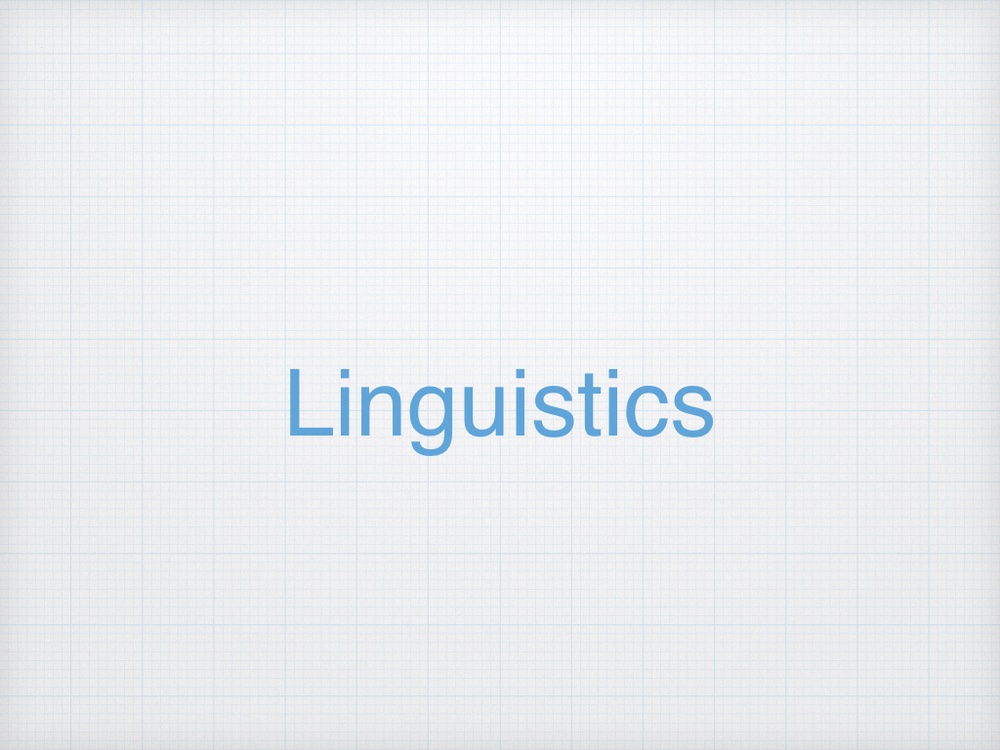パラメータを考える.
生成文法においては, 原理とパラメータ理論以降, 言語能力を普遍的な原理と変更可能なパラメータの2つに分けて考えてきた.
つまり, 生得的に変更不可能な要素と, 後天的に変更可能な要素の二軸で言語能力を捉えるという試みである.
しかし, 人間の言語もまた我々の身体の器官において実現されていることを考えると, どのようにしてこのような構造が内在されているのかを考える必要が出てくるだろう.
Shukla (2005) は様々な研究を例に出しながら, この点を検討している.
If the cortical circuitry can be thought of as representing the cortical computations, we can conclude that cortical computations have both innate and environmentally driven components (see also Marcus 2004). It is in this sense that we can consider language. The biological hypothesis of a linguistic theory like Principles and Parameters would be that the core computations that underly language (i) have an innate component, determined by genetic and cellular factors intrinsic to the developing brain, corresponding to the ‘Principles’, and (ii) their precise nature is shaped by activity patterns, determined by the nature of the incoming, language-relevant signals, which would correspond to the ‘Parameters’.
(Shukla, 2005, p.124)
もし皮質回路が皮質計算を表現していると考えられるのであれば、皮質の計算は生得的な要素と環境に由来する要素の両方を持つと結論づけることができる(Marcus 2004も参照)。まさにこの意味において、我々は言語を考えることができる。『原理とパラメータ』のような言語理論の生物学的仮説は、言語の根底にある中核的な計算が、(i) 発達中の脳に固有の遺伝的および細胞的要因によって決定される生得的な要素(「原理」に相当)を持ち、かつ (ii) その正確な性質は、入力される言語関連の信号の性質によって決定される活動パターンによって形成される(これが「パラメータ」に相当する)、というものであろう。
(Gemini訳)
この観点は言語理論を実際の生物的な機構に組み合わせるために必須の考え方であるといえよう (もちろん, この主張が正しいかどうかは再度の検討が必要である).
このような理論と実際の機構を組み合わせながら論を進めていくことで, 生物言語学としての本質的な研究が可能になると言える.
参考文献
- Shukla, M. (2005). Language from a biological perspective. Journal of Biosciences, 30(1),

